The Science of Human Cognitive Styles in Painting
Introduction
The science of human cognitive styles in painting refers to the study of how individual differences in the way people perceive, think, and remember information influence their approach to creating art, specifically painting. This field combines elements of psychology, neuroscience, and art history to understand the cognitive processes involved in the creation of art.
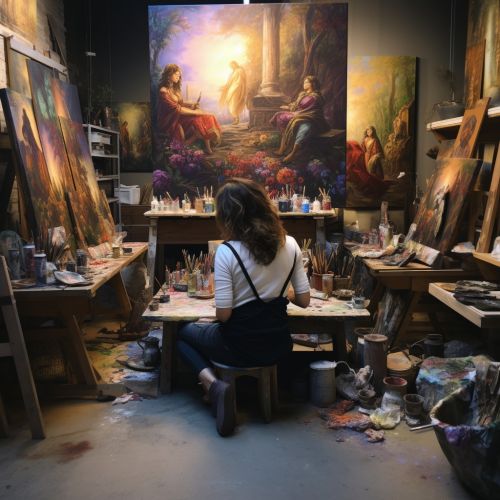
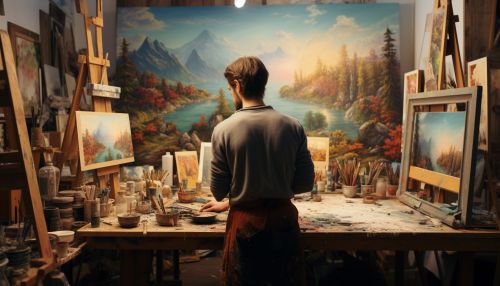
Cognitive Styles
Cognitive styles are the preferred way an individual processes information. They are not abilities or skills, but rather the manner in which individuals organize and understand information. Cognitive styles influence how individuals perceive their environment, make decisions, solve problems, and create art. In the context of painting, cognitive styles can significantly impact an artist's choice of subject matter, color palette, technique, and overall style.
Field Dependence-Independence
One of the most studied cognitive styles in psychology is the field dependence-independence dimension. Field-dependent individuals have a tendency to view the world as a whole, often struggling to identify specific elements within a larger context. In contrast, field-independent individuals excel at distinguishing details from their surrounding context. In painting, field-dependent artists may prefer to create works that capture a scene in its entirety, while field-independent artists might focus on specific details or subjects within a larger scene.


Holistic-Analytic
The holistic-analytic cognitive style refers to whether individuals tend to process information as a whole or in a detailed, step-by-step manner. Holistic thinkers tend to view situations and objects as a whole, often focusing on the overall pattern or structure. Analytic thinkers, on the other hand, focus on the individual components of a situation or object. In painting, a holistic painter might focus on the overall composition and balance of a piece, while an analytic painter might concentrate on the individual elements within the painting.
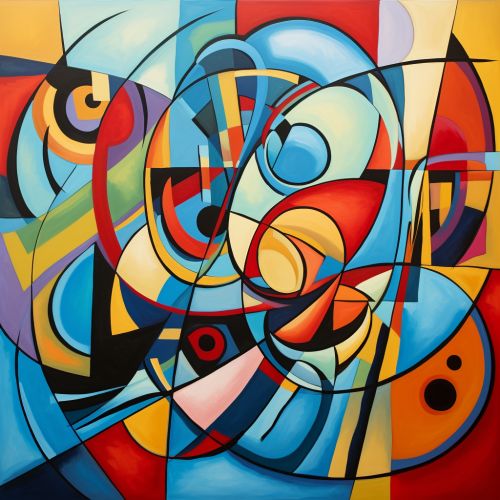
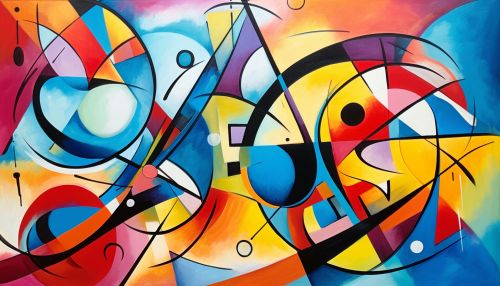
Reflective-Impulsive
The reflective-impulsive cognitive style describes the speed and accuracy with which individuals make decisions. Reflective individuals tend to take their time to consider all options and make accurate decisions, while impulsive individuals make quick, often less accurate decisions. Reflective painters may spend a lot of time planning their work and making careful, deliberate brush strokes. Impulsive painters, on the other hand, may work more quickly and spontaneously, allowing their impulses to guide their brush strokes.
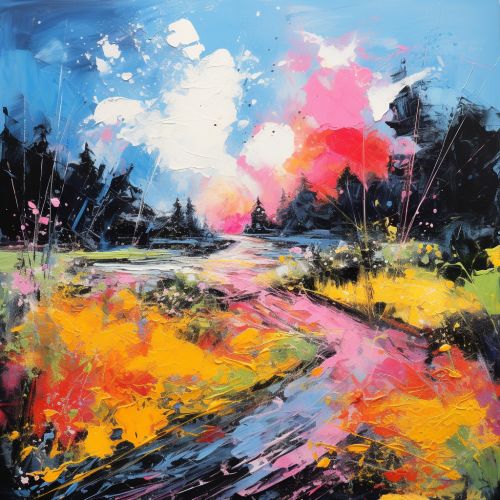
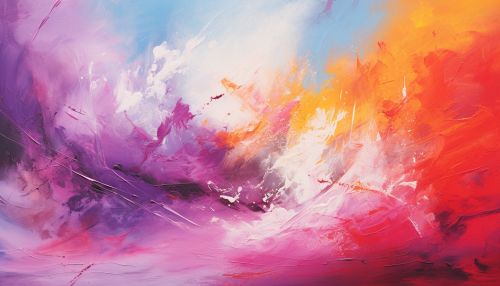
Cognitive Processes in Painting
The act of painting engages a variety of cognitive processes, including perception, memory, and decision-making. Understanding these processes provides insight into the cognitive styles of painters and how these styles influence their work.
Perception
Perception is a fundamental cognitive process in painting. It involves the interpretation of sensory information to understand the environment. Artists must perceive the colors, shapes, and spatial relationships in their environment or imagination to represent them on canvas. Differences in perceptual processing can lead to significant variations in artistic style and technique.
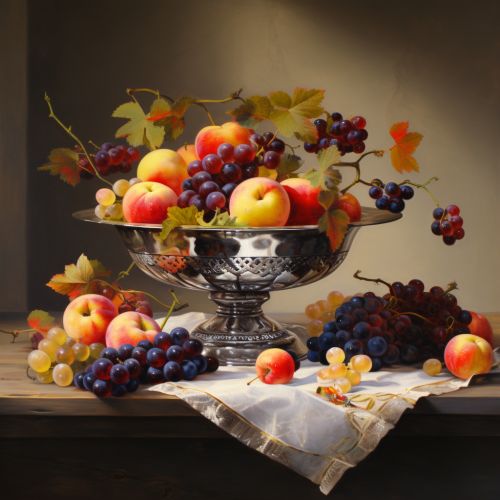
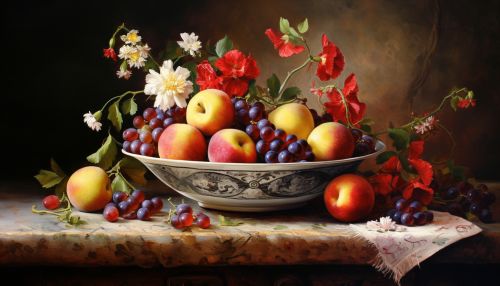
Memory
Memory plays a crucial role in painting, particularly when artists create works from imagination or memory rather than direct observation. Artists must recall the details of the scenes or subjects they are painting, including colors, shapes, and spatial relationships. Differences in memory processing can influence the accuracy and detail of an artist's work.


Decision-Making
Decision-making is another critical cognitive process in painting. Artists make countless decisions while creating a work of art, from the choice of subject matter and color palette to the selection of brush strokes and techniques. These decisions are influenced by an artist's cognitive style, particularly their field dependence-independence, holistic-analytic, and reflective-impulsive tendencies.

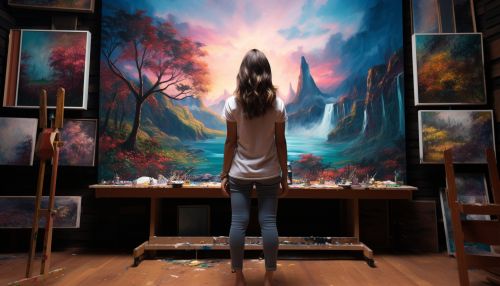
Conclusion
The science of human cognitive styles in painting provides a fascinating look into the cognitive processes involved in the creation of art. By understanding these cognitive styles and processes, we can gain a deeper appreciation for the diversity and complexity of artistic expression. Furthermore, this knowledge can inform art education and therapy, helping individuals harness their cognitive styles to enhance their artistic abilities and express themselves through art.
